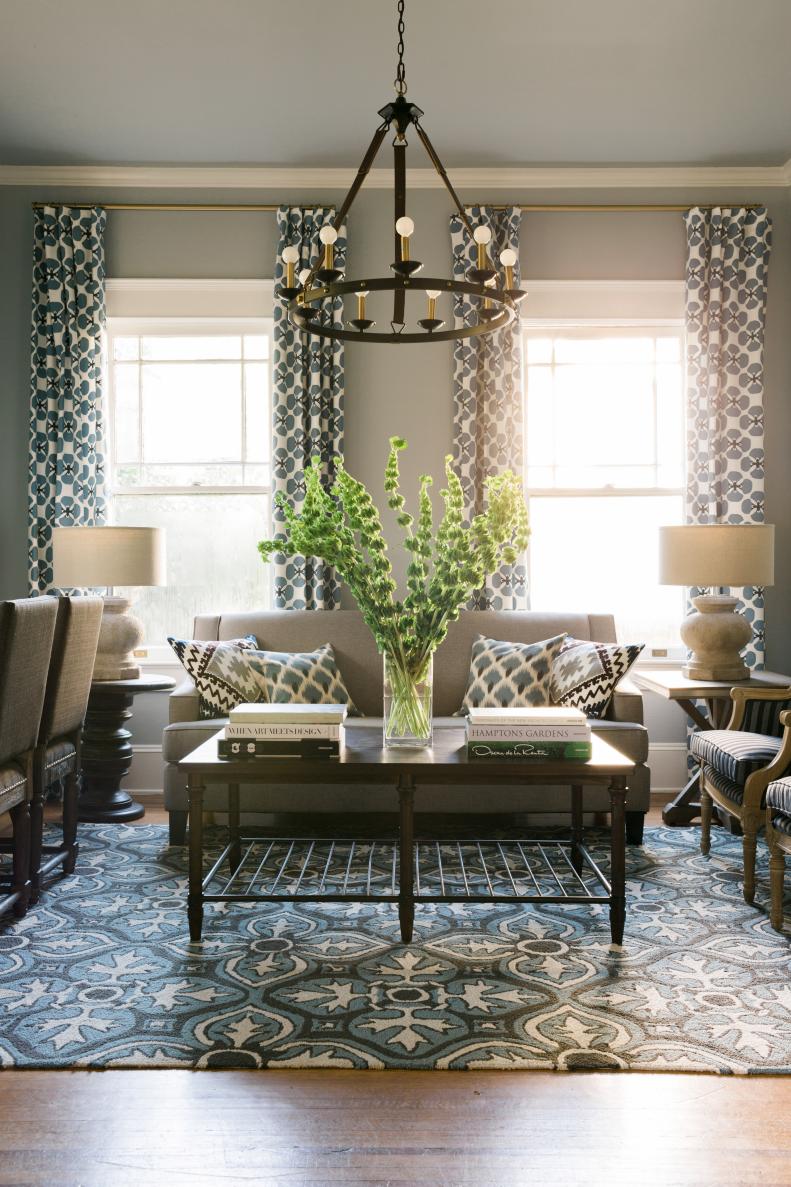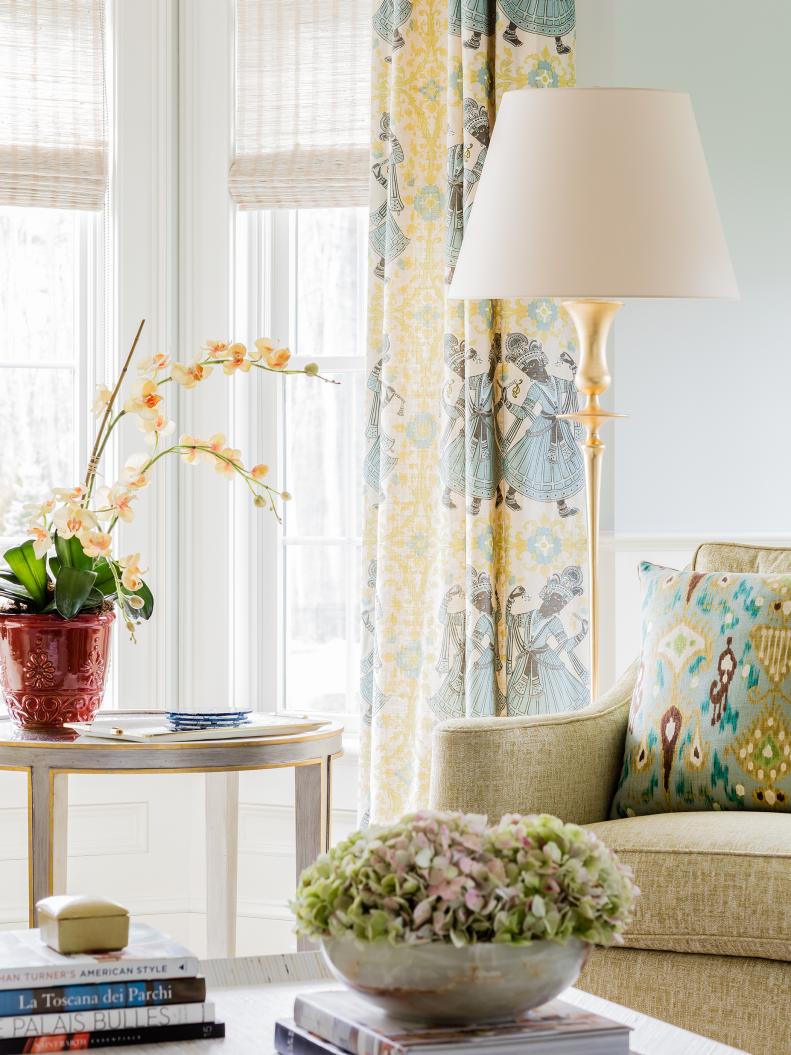1 / 20
From:
Brian Patrick Flynn
DO: Hang Curtains High and Wide
Make your space look bigger and more luxurious by hanging drapes at least 12 inches above the window frame or all the way to the ceiling. Also try extending your curtain rod out 3 to 6 inches on each side for maximum effect.









